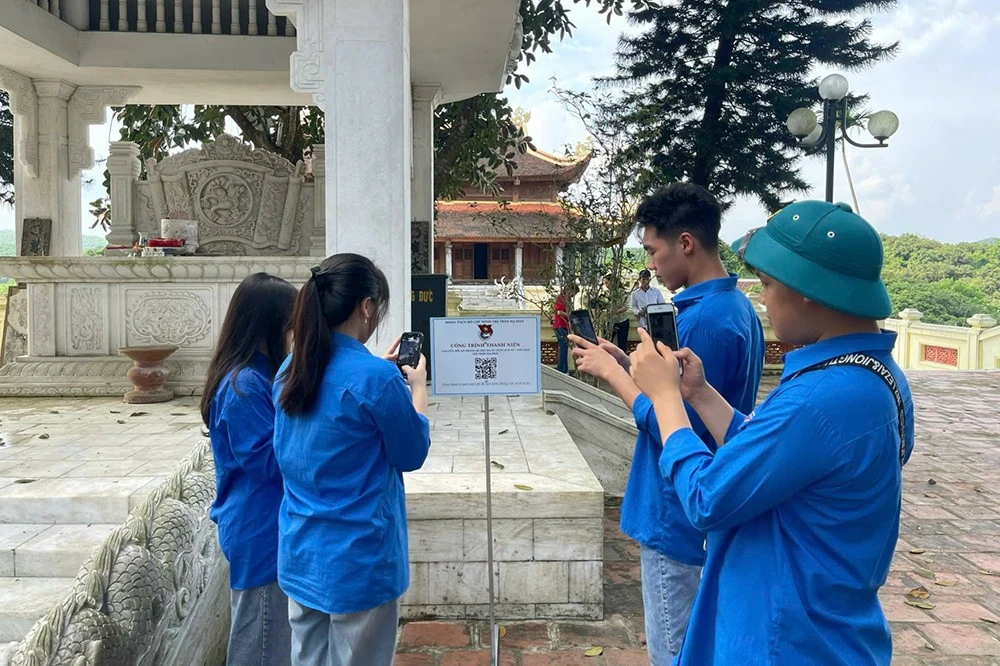How Technology Is Helping Preserve Cultural Heritage
Technology’s influence on cultural heritage preservation cannot be overstated. Methods such as 3D scanning meticulously document artifacts, while digital archiving secures their histories. Virtual reality creates immersive experiences, allowing individuals to engage with culture on a deeper level. Furthermore, online platforms broaden accessibility, fostering global dialogue and appreciation. As these innovations unfold, one must consider the implications for future generations and the enduring value of cultural legacies. What lies ahead in this evolving landscape?
The Role of 3D Scanning in Cultural Preservation
In the realm of cultural preservation, 3D scanning emerges as a transformative technique that bridges the gap between the past and the future.
Utilizing advanced 3D modeling techniques, this technology allows for precise historical artifact documentation, capturing intricate details and textures.
See also: Social Security Blames Old Technology for Website Crash
Virtual Reality and Immersive Experiences
Virtual reality (VR) revolutionizes the way individuals experience cultural heritage, offering immersive environments that transport users into historical contexts.
Through virtual tours, VR enables exploration of ancient sites and artifacts, fostering a deeper connection to the past.
Interactive storytelling enhances engagement, allowing users to actively participate in narratives, thereby cultivating appreciation and understanding of diverse cultures while promoting the freedom to explore humanity’s rich heritage.
Digital Archiving: Safeguarding Our Heritage
Although many cultural artifacts and documents face the threat of decay and loss, digital archiving emerges as a crucial strategy for their preservation.
Employing advanced digitization techniques, institutions can create high-fidelity replicas while adhering to metadata standards that ensure accessibility and context.
This meticulous approach not only safeguards heritage but also empowers future generations to explore and appreciate their cultural legacies freely.
Online Platforms for Global Engagement and Education
Digital archiving sets a strong foundation for broader engagement with cultural heritage, as online platforms increasingly serve as vital conduits for education and global interaction.
Social media allows for the dissemination of knowledge, while collaborative projects foster community involvement and diverse perspectives.
These digital tools empower individuals to explore, share, and safeguard their cultural identities, ultimately promoting a shared appreciation for global heritage.
Conclusion
In an era where history often fades like whispers in the wind, technology emerges as a vigilant guardian of cultural heritage. Through the lens of 3D scanning, the vibrancy of artifacts is immortalized, while virtual reality invites users to traverse time and space. Digital archiving stands as a sturdy fortress against oblivion, and online platforms weave a global tapestry of shared knowledge. Together, these innovations not only preserve our past but ignite a collective flame of appreciation for the rich mosaic of human experience.



